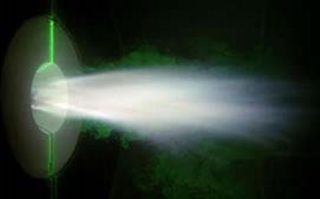-
Green hydrogen strategies and projects launch in Australia
Date posted:
-
-
-
Post Author
Patrick LaveryCombustion Industry News Editor
-
-
![]()
Australian mining company offshoot Fortescue Future Industries is to build what it claims to be the world’s largest green hydrogen equipment manufacturing facility, in the north-eastern state of Queensland. As a first step in the overall project, an AUD$115 million (US$84 million/€73 million) factory will be built to manufacture electrolysers, cabling and wind turbines, and is expected to be constructed by early 2022. Up to 2GW of electrolyser capacity will be able to be produced per year, with the first equipment to be produced in 2023. Five further stages will follow, although little detail is available about them at present. Speaking at the press conference announcing the project, Fortescue Future Industries founder Andrew Forrest said “This is the future […] I’m convinced we have thousands of times more energy available than we’ll ever need […] The world absolutely can — and, therefore, must — move on from a polluting future.”
Mr Forrest had a busy week, as it turned out. The following day, he appeared at another press conference, this time with the premier of the state of New South Wales, Mr Dominic Perrottet, who announced a hydrogen strategy that will give incentives of up to AUD$3 billion (US$2.2 billion/€1.9 billion) for involvement in the industry over the coming decades. State officials hope that the strategy will attract more than AUD$80 billion in investment, with Mr Perrottet describing the move as “world leading”. The investment is to target areas traditionally associated with coal and steel to the north (Newcastle) and south (Wollongong) of the city of Sydney. Meanwhile, Mr Forrest and Fortescue Future Industries were the subject of speculation around the potential of building a 250MW green ammonia plant in the island state of Tasmania. At issue is the use of hydroelectricity by the potential plant – Fortescue Future Industries hopes to purchase it at an ‘industry price’ which other major industrial companies in northern Tasmania enjoy; however, officials at the state-owned power utility, Hydro Tasmania, appear to be unwilling to sell the electricity at this price, because it would probably mean Hydro would have to purchase electricity from another state, at a higher price, to service other demand. The premier of Tasmania, Peter Gutwein, however, is in disagreement with Hydro Tasmania on the issue, and it is unclear at present if the ammonia plant will go ahead. While talks are ongoing, Mr Forrest has suggested FFI “will perhaps go somewhere else”.

